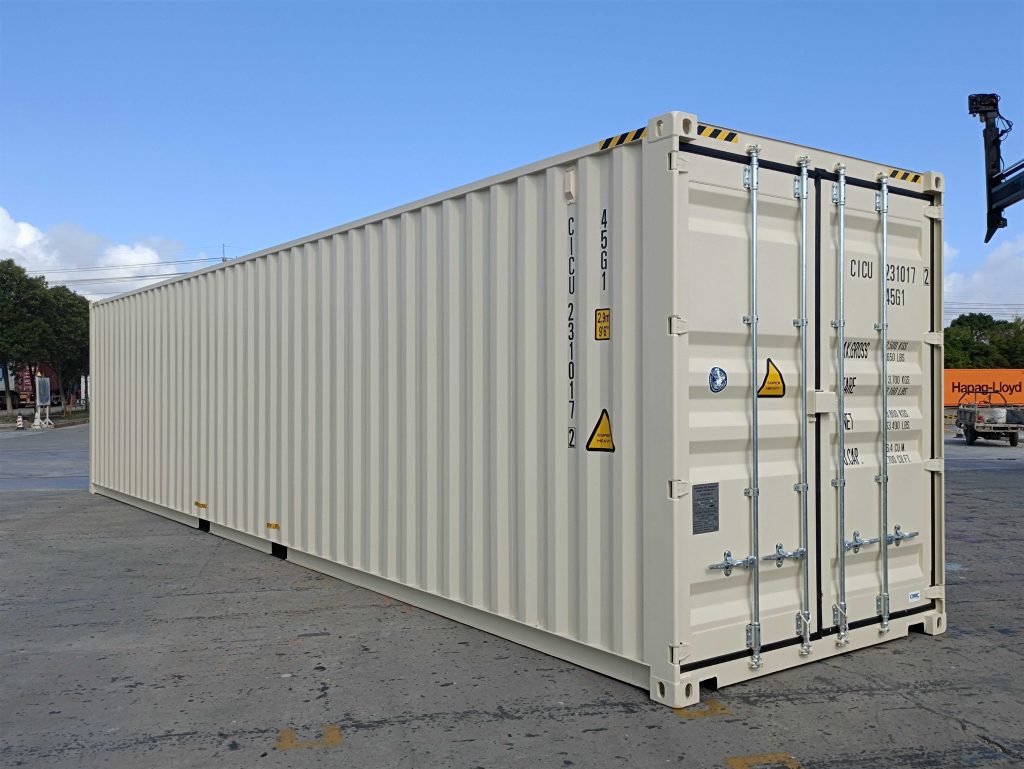The Versatility of the 20 Ft Container: A Comprehensive Guide
In the world of shipping, logistics, and building, containers have reinvented the method we transfer items and products. Among the numerous sizes, the 20 Ft container sticks out due to its versatility and functionality. This post will cover whatever you require to know about 20 Ft containers, including their requirements, utilizes, advantages, and more.
What is a 20 Ft Container?
The 20 Ft container, likewise known as a TEU (twenty-foot comparable system), is one of the standard sizes used in intermodal transportation. It is mostly developed to be moved by truck, train, and ship, enabling items to be carried effortlessly across different modes of transportation without requiring to unload and reload.
Specifications
Before diving into the usages and benefits of a 20 Ft container, let's take an appearance at its specifications.
| Specification | 20 Ft Standard Container |
|---|---|
| External Length | 20 ft (6.058 m) |
| External Width | 8 ft (2.438 m) |
| External Height | 8.5 ft (2.591 m) |
| Internal Length | 19.4 ft (5.898 m) |
| Internal Width | 7.7 ft (2.352 m) |
| Internal Height | 7.9 ft (2.393 m) |
| Maximum Gross Weight | 24,000 kg (52,911 lbs) |
| Tare Weight | 2,300 kg (5,071 pounds) |
| Pay Load Capacity | 21,700 kg (47,858 lbs) |
Uses of the 20 Ft Container
1. Shipping and Transportation
The primary use of the 20 Ft container is for shipping goods internationally. Its size makes it suitable for various types of freight, including:
- Raw materials
- Durable goods
- Machinery
- Electronic devices
2. Storage Solutions
Services and individuals frequently use empty 20 Ft containers for storage. The sturdy construction offers a safe space for storing:
- Tools and devices
- Seasonal items
- Inventory
3. Short-lived or Permanent Structures
With a little creativity, 20 Ft containers can be changed into habitable spaces. Some applications include:
- Pop-up shops
- Offices
- Houses
- Cafés
4. Catastrophe Relief
In disaster-stricken areas, these containers act as short-lived shelters or storage for humanitarian supplies. Their toughness enables them to endure extreme conditions while offering much-needed aid.
5. Eco-Friendly Construction
Reusing shipping containers for building is an environmentally friendly option that promotes sustainability. The 20 Ft container can quickly be modified to meet different architectural designs.
Advantages of Using a 20 Ft Container
The flexibility of a 20 Ft container provides numerous advantages:
1. Affordable
Transferring freight in standard-sized containers reduces shipping costs due to streamlined logistics and increased efficiency.
2. Durability
Built from steel, 20 Ft containers are created to stand up to heavy loads and extreme environmental conditions, making sure freight remains safe and secure.
3. Portability
The standardized size allows for easy transportation throughout different transport modes, offering included convenience.
4. Versatility
The multiple usages of a 20 Ft container-- from storage to living space-- make it a practical solution for numerous needs.
5. Security
Lockable doors and strong building and construction make 20 Ft containers a safe choice for storing valuable products.
Difficulties to Consider
While the benefits are considerable, there are challenges also:
1. Restricted Space
For bigger tasks or products, a 20 Ft container may not supply sufficient area. You may need additional containers for bigger shipments or materials.
2. Allowing Issues
Regional guidelines might enforce limitations when utilizing containers for structure or storage. It's important to check local codes before converting a container into a structure.
3. Transport Costs
While 20 Ft containers can be cost-efficient for shipping, the transport expenses can still add up, particularly if moving short distances.
Frequently Asked Questions (FAQ)
1. Can I buy an utilized 20 Ft container?
Yes, used containers are commonly available at lower rates than new ones. Nevertheless, COG Containers is necessary to inspect them for any damage, rust, or structural issues.
2. Are there various types of 20 Ft containers?
Yes, there are various types, consisting of basic dry storage containers, refrigerated containers (reefer), and open-top containers designed for particular freight types.
3. How do I prepare a 20 Ft container for usage?
Preparation may include cleaning up the container, performing required repair work, and considering modifications for pipes or electrical systems if using it as a home.
4. What is the distinction in between a basic and a high-cube 20 Ft container?
A high-cube container is one foot taller than a standard container, providing more internal area. The option in between them depends on the height of the items being stored or delivered.
5. For how long can I keep a shipping container at my place?
Laws relating to container positioning vary by area. Check regional codes for specific time limitations or authorizations required for extended use.
20 Ft containers use a practical and versatile service for numerous shipping and storage needs. Their toughness, economic advantages, and ingenious possibilities for repurposing make them an important asset in logistics, building, and beyond. Whether you're a business wanting to enhance operations or an individual checking out special living plans, understanding the abilities of the 20 Ft container can open a world of possibilities. Adaptable to practically any circumstance, this shipping container size continues to play a vital function in modern-day logistics and sustainable practices.

